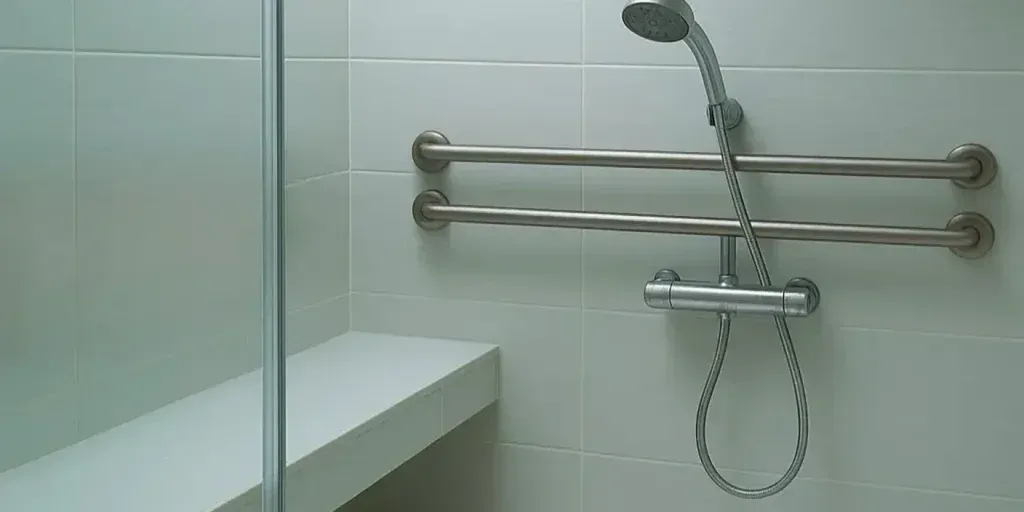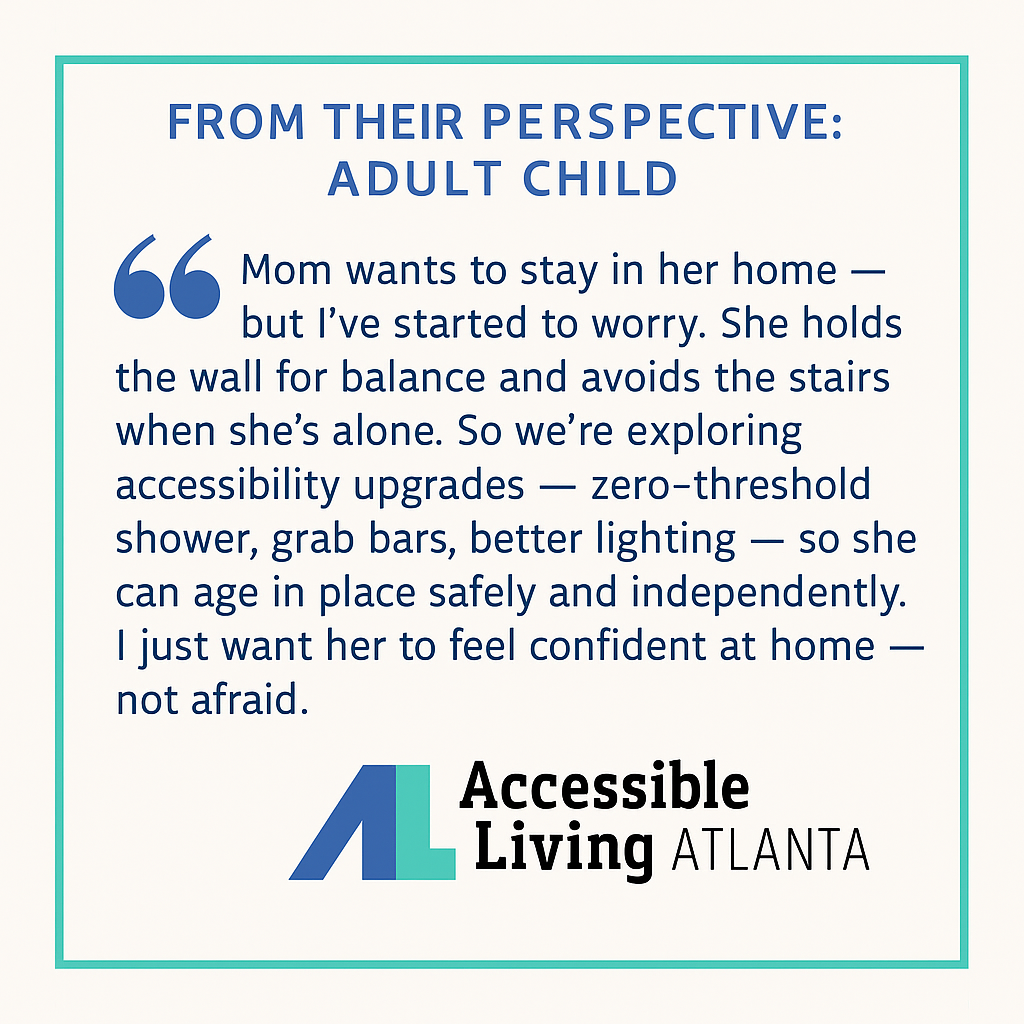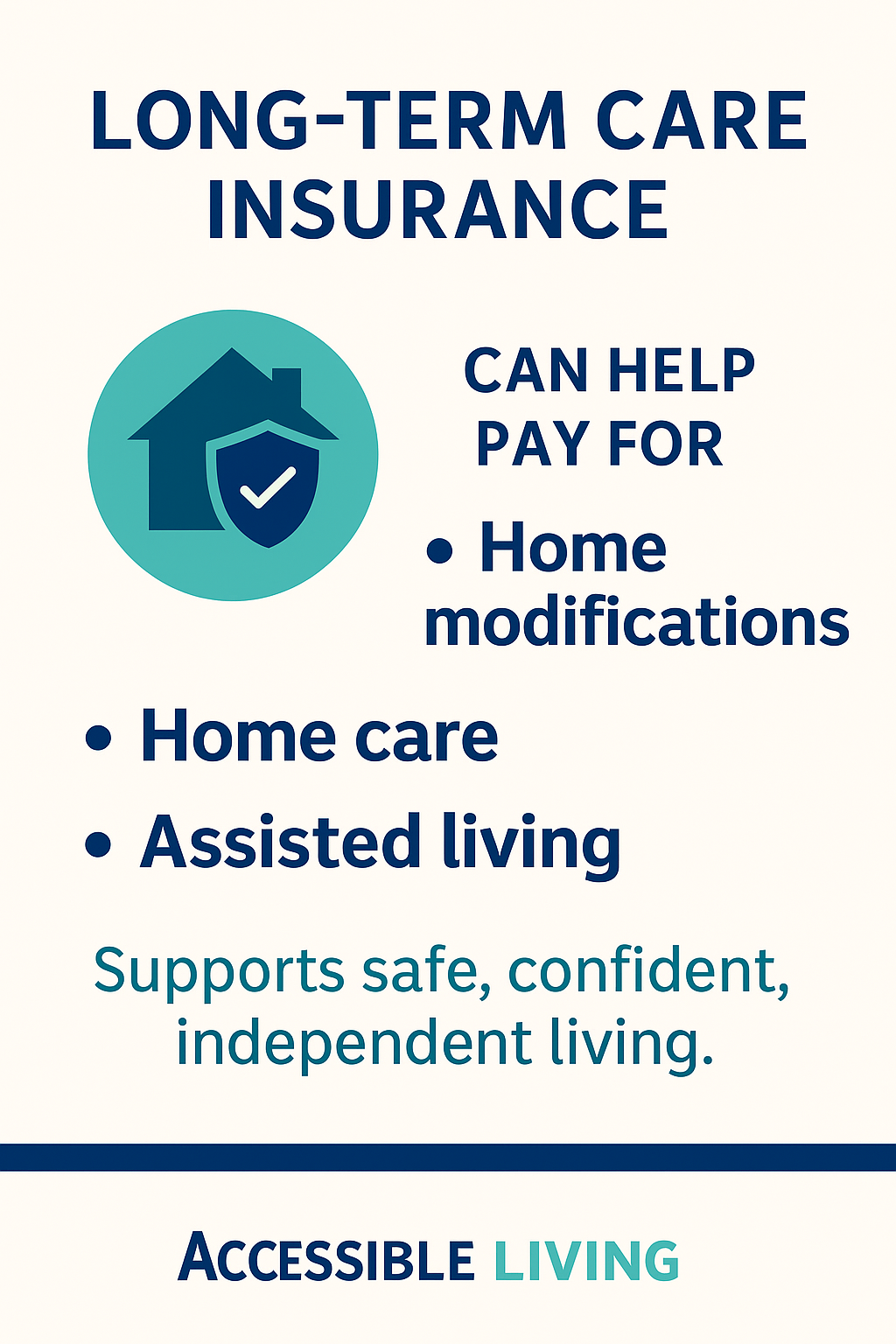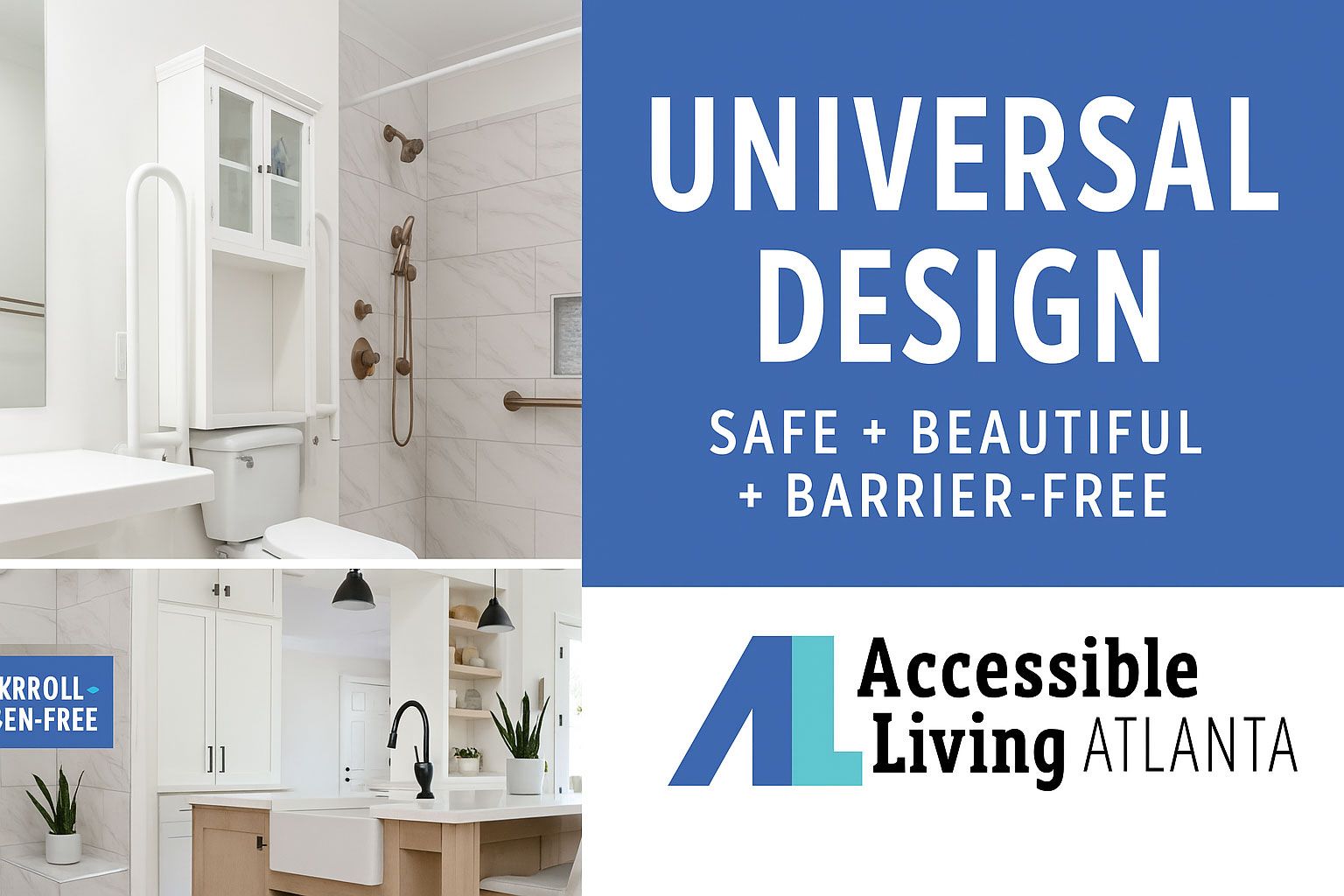Shower Safety for Seniors: The Essential Checklist to Prevent Falls and Protect Your Loved Ones
When my mom slipped in the shower a few years ago, my sister (her caregiver) froze. She was lucky, no broken bones, just a bruised hip and a frightened daughter.
That moment made my sister realize how dangerous a shower can be for seniors, and how most bathroom accidents are preventable with a few simple changes.
If you are here, you probably worry about your parent, spouse, or yourself. You know a shower can be slippery and hard to use. You want clear, easy steps to keep everyone safe.
That is why I wrote this checklist, using terms like grab bars, non-slip flooring, and independent living. My goal is to help you take action now before something happens.

Hidden Dangers in the Bathroom 🚨
Showers look safe, but for seniors they pose big risks:
- Wet floors become slippery fast (non-slip mats help)
- Tight spaces hinder movement (mobility aids need room)
- Stepping over tubs feels like climbing (walk-in showers are safer)
- Poor lighting hides hazards (nightlights and pathway lighting help)
- Hot water can burn (thermostatic valves stop this)
I have seen patients struggling just to get into the tub. One misstep and they could have fall hard. It only takes 1 second for an injury to occur. If you see your loved one grabbing walls or moving slowly, do not wait, they may need help now.
Who Needs This Checklist? 🤝
- Adult children caring for a parent
- Caregivers helping clients stay safe
- Seniors living independently who want to stay safe
- Aging-in-place specialists and therapists doing home assessments
Safety tools, like grab bars, anti-slip flooring, and reachable storage, help seniors stay independent longer.
The Complete Shower Safety Checklist ✅
Print this checklist and use it while walking through the bathroom:
1. Grab Bars & Safety Rails
Install them near the shower entrance, side wall, and controls. They should be 1.25–1.5 inch bars that support 250+ pounds. Use studs or proper anchors, no suction cups. These provide stability and fall prevention.
❓Are suction-cup grab bars safe for seniors?
💬 Suction-cup grab bars are not recommended for seniors. They can lose suction over time and may not hold in an emergency. Permanent grab bars anchored into wall studs provide reliable support.
2. Non‑Slip Flooring, Mats & Adhesive Strips
Remove loose rugs. Use textured flooring, non-skid tiles, adhesive strips, or secure mats. This adds grip to prevent slips.
3. Decluttered Bathroom & Reachable Storage 🧴
Store shampoo, soap, and towels on wall-mounted caddies or shelves at shoulder height. Avoid bending or reaching. I personally use a soap/shampoo dispenser near my shower seat!
4. Shower Chair, Bench or Transfer Bench
A shower chair or transfer bench allows sitting while bathing, lowering fall risk. Choose non-slip feet and back support. Built-in benches work well if space allows.
❓Should I hire a professional to install safety equipment?
💬Yes, for most installations, especially grab bars and transfer benches that require secure mounting. A professional ensures that everything is anchored properly, reducing the risk of equipment failure during use.
5. Walk‑In Shower or Low‑Threshold Entry
Replace tubs with barrier-free or step-free entry showers. They reduce tripping hazards and let seniors step in easily.
❓What is the safest type of shower for a senior?
💬 The safest option is a walk-in or barrier-free shower with a low-threshold entry. These allow easy access without needing to step over a tub edge. Adding grab bars, non-slip flooring, and a shower bench makes the space even safer.
6. Shower Door Safety
Pick tempered safety glass. These reduce injury if bumped.
7. Proper Lighting & Pathway Nightlights 💡
Install overhead, glare-free lighting in the bathroom. Add motion-sensor nightlights along the path from bedroom to bathroom, to prevent late-night trips.
8. Water Temperature Control
Fit anti-scald valves or thermostatic mixing valves. Keep water under 120°F. Always test before stepping in.
9. Easy‑Turn Fixtures
Use lever-style handles and ADA-compliant faucets. A handheld showerhead with a long hose lets you shower while seated.
10. Bathroom Layout & Mobility Aid Space
Keep pathways clear and ensure door width allows walkers, rollators, or wheelchairs. Clutter-free flooring and open space reduce tripping hazards.
11. Emergency Call & Alert Devices 📞
Install a waterproof call button or alert device in the shower. These offer fast help if a fall happens. I personally like an Alexa device in the bathroom so that a call for help can be made just using your voice.
12. Raised Toilet Seat & Toilet Grab Bar
Add a raised toilet seat to make sitting and standing easier. Install grab bars next to the toilet for support. Of course, a tall toilet will also work and may look better in your bathroom.
13. Regular Maintenance & Safety Checks
Check grab bars, mats, and fixtures monthly. Look for loose bars, worn mats, mold, or uneven flooring. Securing everything helps avoid future risks.
❓How often should I inspect the bathroom safety equipment?
💬Check all safety items monthly. Look for loose fittings, worn-out mats, and mold or mildew. Regular maintenance ensures that everything stays secure and functional.
Safety in Rentals and Apartments 🏠
❓Can I make these changes in a rental or apartment?
💬You may wonder: Many safety upgrades can be done in rentals. Portable shower chairs, non-slip mats, and nightlights do not require permanent changes. For grab bars, check with your landlord, as some will allow installations if done professionally.
Handling Resistance or Cost Concerns
- “It looks too clinical”: You can choose stylish grab bars and fixtures that match your décor. Ponte Giulio makes some beautiful adaptive products.
- Worried about cost? Start with grab bars and non-slip flooring, these give big safety gains for low cost.
- “They say they are fine alone”: Gently remind loved ones these tools help them stay independent.
Emotional Support & Peace of Mind
The night after my mom’s fall, I could not sleep. I feared she might be seriously hurt. After we made safety changes, I finally slept again. She felt more confident taking showers, and I felt less worry.
You deserve that peace of mind, and so does your loved one. You are not just installing equipment, you are protecting dignity and independence 😊
Professional Help is Available
You do not have to do this alone. Occupational therapists, aging-in-place specialists, and home modification contractors can help assess what you need. On AgingInPlaceDirectory.com, you can find professionals who understand your needs and your budget.
Time to Take Action Today 🚀
Thousands of seniors get hurt in bathroom falls each year. You can stop that. Use this checklist now, walk through the bathroom, and make the changes that suit your situation. Even one small change can save someone from injury or a hospital stay.
If you don’t feel comfortable doing this then please contact an aging in place specialist in your area. If you have trouble finding one – just let me know – I’ll check for you and email you a list of the ones that I find in your area.
You have the power to help. So begin today.



